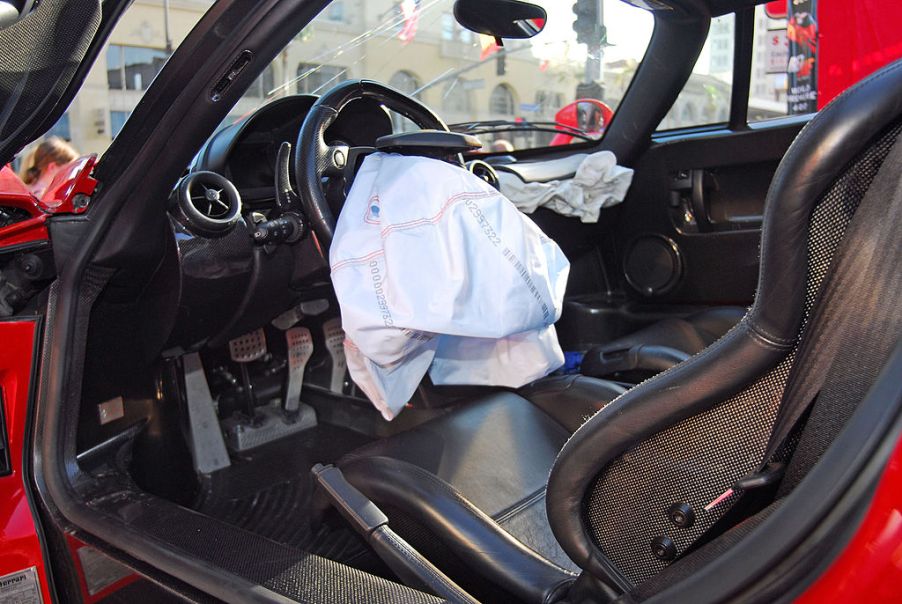
Is a Car Totaled if the Airbags Deploy?
Airbags are one of the best safety features. In serious car accidents, they offer an energy-absorbing inflated barrier between the occupants and dashboard. On occasion, airbags deploy as a result of minor collisions. In such cases, they can actually do more harm than good, particularly for smaller passengers and drivers who sit closer to the steering wheel.
If the airbags deploy, is your car totaled?
If the airbags deploy as a result of an accident, it doesn’t necessarily mean the car is totaled. State requirements actually determine whether a car is totaled. Many states in the U.S. decide a vehicle is totaled if the damage sustained in an accident exceeds 75% of its true cash value. The definitions vary per state. For example, Florida doesn’t consider a car totaled until 80% or more of the car has sustained damaged.
Using software designed for such purposes, claim adjusters determine the actual cash value of the vehicle versus the cost of the damage. If repairing the vehicle will cost more than its actual value at the time of the crash, the insurance company will write it off as totaled.
Many believe a vehicle is totaled when the airbags deploy. Why? Often it’s an older vehicle that’s highly depreciated. Even if it carries physical damage coverage, the cost of replacing airbags is expensive, as is the body damage the bags caused.
Newer vehicles could possibly be repaired but it depends on the vehicle’s value. A small, affordable car that’s fairly new may be considered totaled in the event of an accident. A larger luxury car? Repairing it might cost much less than replacing it.
What do you do if your airbags deploy?
If you’re in an accident and your vehicle’s airbags deploy, here are the four steps you should take.
1. Are you injured?
If you’re conscious and alert enough to understand your situation after the airbags deploy, assess yourself for injury. Make sure passengers are fine. If anyone needs medical attention, that’s the first priority. Get medical help but don’t drive the vehicle to do so.
2. Make sure the engine is off
If your vehicle’s engine is still running, shut it off immediately. Exit the vehicle as quickly and safely as you can. Most of the time when the airbags deploy, the system will automatically shut off the vehicle’s engine. It’s designed to prevent possible fires or explosions from oil leaks. Be careful when exiting your vehicle, particularly if you’re in a high traffic area.
3. Assess the vehicle
Once you’ve addressed the safety and well-being of the human occupants, look at the damage to the vehicle. Always call the police so you have full documentation of the accident. If you can, take pictures and notes that you think might be helpful. Contact your insurance company and give them all of the information about the accident and the state of your vehicle. They’ll help you start the claims process so you can get your vehicle repaired or replaced.
4. Repair or replace
A trusted mechanic and your insurance company will determine whether your vehicle is a loss. If it’s deemed fixable, on top of the repairs, you will need to have your airbags replaced. Replacing the airbags can be expensive, but it’s definitely worth it.
Getting into an accident of any size can be a real hassle. But remember that safety is always the top priority. If the vehicle is salvageable, ensure all possible safety measures are in place and in good working order — especially your airbags.


